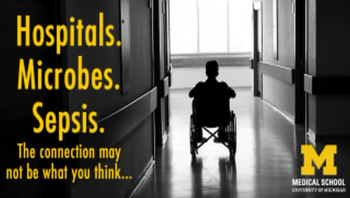
News




NovaBay® Pharmaceuticals, Inc., a biopharmaceutical company commercializing and developing novel approaches for the global eye care market, including revolutionary non-antibiotic antimicrobial products, announces receipt of 510(k) clearance from the Food and Drug Administration (FDA) to market its novel intelli-Case with hydrogen peroxide solutions.






Researchers at the University of Bonn and the German Center for Infection Research (DZIF) have discovered two new groups of viruses within the Bunyavirus family in the tropical forest of Ivory Coast. Previously only five groups responsible for serious illnesses in humans and animals were known. Most are spread through blood-feeding insects. Based on the discovered viruses researchers conclude that the ancester to all bunyaviruses must have existed in arthropods such as insects. The results are now being published in the Proceedings of the National Academy of Sciences (PNAS).






As of May 16, 2015, a cholera outbreak was confirmed in the Kigoma region, on the shores of Lake Tanganyika, along the Tanzania border with Burundi. Cholera is endemic in the region, but due to a recent influx of thousands of Burundian refugees, overcrowding and poor sanitation, the situation got worse. As of May 28, 2015, a total of 4,487 suspected cholera cases have been reported so far.













